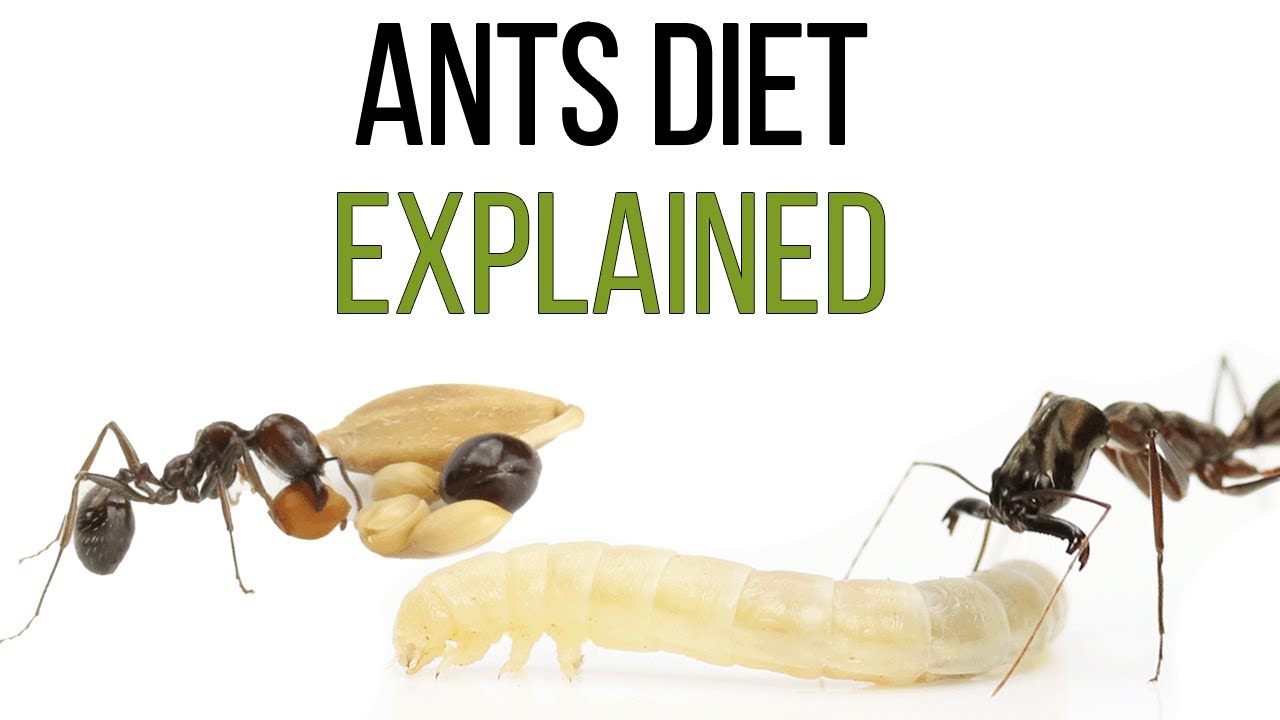Ants are a type of social insect found all over the world, known for their complex division of labor and amazing foraging ability. Many people find ants carrying food in groups in daily life, but what do ants like to eat? Their eating habits vary from species to species. This article will explore the eating habits of ants and analyze the food preferences of different ant populations.

Ants have a wide range of diets. Most ants are omnivorous insects, eating both plant foods (such as nectar, juice, and seeds) and animal foods (such as insects and carrion). However, different types of ants have formed different dietary structures during evolution, with some preferring sweets and others focusing on preying on small insects.
According to the feeding habits of ants, their food can be roughly divided into the following categories:
Carbohydrate food (sweet food, such as honeydew, juice, and sugar-rich fruits)
Protein food (insect corpses, meat, protein food)
Fat food (oil, nuts)
Special food (fungi, plant seeds, leaves)
Different types of ants will choose different food sources according to their own physiological needs and ecological environment.
In nature, one of the favorite foods of ants is honeydew. Honeydew is a sweet liquid secreted by plant parasites such as aphids and scale insects, which is rich in sugar. Some ants (such as leaf-cutter ants, carpenter ants, and Argentine ants) even form a symbiotic relationship with aphids, taking care of aphids like "shepherds" in exchange for a steady supply of honeydew.
Ants are very interested in high-sugar fruits (such as apples, bananas, and grapes). In addition, they often appear in human living environments to look for sugar sources, such as:
Sugar cubes, honey
Jam, beverage residue
Cakes, desserts
Sweets are an important source of energy for ants, so they usually send worker ants to find sugar foods and notify their companions through pheromones to come and carry them.
Some ant species (such as army ants and red fire ants) are typical carnivorous insects. They mainly feed on other insects, such as:
Flies
Aphids
Termites
Caterpillars
These ants usually besiege their prey in groups, and quickly decompose and carry it back to the nest for the queen and larvae to eat.
In addition to live insects, ants also eat carrion, such as:
Animal carcasses
Rotting meat residues
Insect carcasses
In human living environments, ants also forage for meat foods, such as pet food, cooked meat, protein drinks, etc.
Ants also look for foods rich in fat when foraging, such as nuts, fried foods, butter, etc. The fat provided by these foods can store energy, which is especially important for ant colonies in cold or food-scarce seasons.
Some ants (such as harvester ants) like to collect seeds and nuts and store them in their nests as a long-term food source. For example:
Peanuts
Sunflower seeds
Flax seeds
These ants carry the seeds back to the nest and digest the food by chewing and decomposing.
Leafcutter ants do not eat plant leaves directly, but carry the leaves back to the nest to cultivate fungi. Their main food source is these fungi grown by themselves, not the leaves themselves.
Carpenter ants feed on honeydew, syrup and insect protein. Although they often build nests in wood, they do not eat wood directly, but chew wood fibers to build nests.
Red fire ants (Solenopsis invicta) feed mainly on insects, carrion and animal protein, and will even attack animals larger than themselves, such as lizards and young birds. They have extremely strong aggressiveness and predatory ability, and play an important role as predators in the ecosystem.
As ants are very interested in sugar, protein and grease, food residues in the home environment are easy to attract ants. Here are some ways to prevent ants from invading:
Seal food: Store candy, snacks, and meat in sealed containers to prevent ants from finding food sources.
Keep it clean: Clean food residues on the table and floor, especially sweets and grease.
Block ant passages: Use silicone or sealing strips to seal the gaps in the corners of the wall, door cracks and other gaps where ants enter.
Use natural ant repellent: Natural substances such as lemon juice, vinegar, and cinnamon powder can effectively repel ants.
Ants have a variety of diets, and different species of ants have different food requirements. Most ants prefer sugary foods, but they also take in protein, oil, and some special foods (such as fungi or seeds). Understanding the eating habits of ants is not only helpful for ecological research, but also helps people control ant invasions more effectively. If you want to reduce the appearance of ants in your home, you should try to reduce food residues and take appropriate protective measures.
animal tags: ants
We created this article in conjunction with AI technology, then made sure it was fact-checked and edited by a Animals Top editor.